My data file is a set of (x,y,z) points located around the axis origin. They represent points where a kind of measure has failed. These points are in this link.
Gnuplot can plot them,
set encoding iso_8859_1
set term postscript eps enhanced color size 4.7in,4in
set xlabel "X"
set ylabel "Y"
set zlabel "Z"
set output "test_gp.eps"
set style line 1 lc rgb '#0060ad' pt 7 ps 0.5 lt 1 lw 0.5 # --- blue
set style fill transparent solid 0.15 noborder
splot "data.dat" u 1:2:3 w p ls 1 title "P_{error}"
with the resulting plot
The problem is that the figure does not show where the error is more likely to occur. I would like to show the variations in the density of points if it is possible.
I do not know if it is possible to vary the color of the points or give them transparency and try to represent the locations with the most density of points.
If a representation of the density of 3D points is not possible, another way could be to make a projection density of the points in the three planes (x=0,y,z), (x,y=0,z), (x,y,z=0).
Regards
EDIT:
I can plot with different colors the success (0) and error (1) point locations of my experiment. The file in this link has a 4th column with all data samples ( 0's and 1's).
The splot figure
splot "data_all.dat" u 1:2:3:4 w points ls 1 palette title "P_{error}"
is
but this figure is not showing the density of points. For example, in Mathematica the density plot of these data samples is
How could I get the density plot with Gnuplot?. It is likely that Mathematica is doing an interpolation of the points in the middle and give them values between 0 and 1, but I do not know how to achieve it with Gnuplot.



